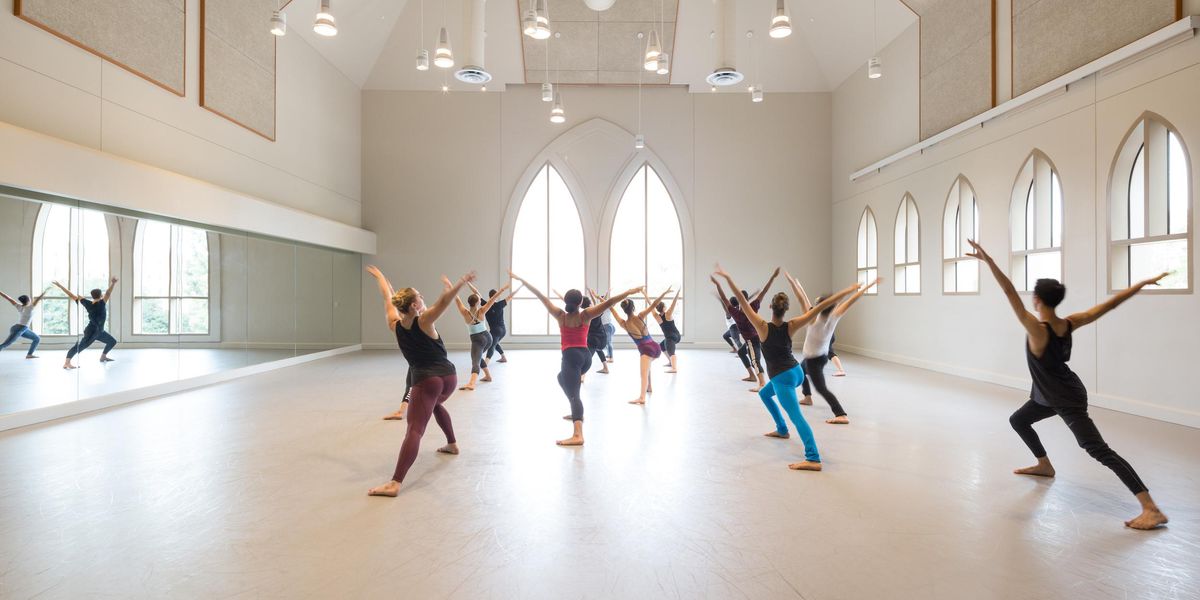New Paul Taylor Documentary Seeks to Reveal a Master's Craft
Dancer Amy Young in rehearsal with Paul Taylor. Courtesy Resident Artist Films.
Growing up near Louisville, Kentucky, there wasn’t too much professional dance in my region. So whenever a company visited, it was a treat. I still remember Paul Taylor Dance Company‘s stop at the Brown Theatre during its 50th-anniversary tour. I was in high school, and it was the first modern dance concert I’d attended. Needless to say, I was absolutely captivated. The musicality, the theatricality, and the humanity of it all struck me. More than anything, watching Taylor‘s meticulously crafted choreography left me wondering just how he did it.
That’s the question director Kate Geis and executive producer Robert Aberlin sought to answer with their new documentary Paul Taylor: Creative Domain. The film gives viewers an inside look into Taylor’s creative process as he makes his 133rd dance, Three Dubious Memories. But even though it reveals intimate rehearsal footage, I found that it raised more questions, making me more curious. Who exactly is Paul Taylor? Where do his ideas come from? What’s the motivation behind a certain movement? Creative Domain makes it clear that oftentimes, his dancers may never know, and that sometimes, Taylor himself delights in that very same ambiguity.
My favorite moments of the documentary were instances when Taylor revealed small secrets of his work. For instance, when flipping through the notebook he kept while creating Three Dubious Memories—he keeps one for each dance he makes—he points out a formation he took from Antony Tudor, saying, “Amateurs borrow. Professionals steal.”
Now in his 80s, Taylor remains active in rehearsals, demonstrating movement, even partnering dancers to show just how he’d like something done. And he seems to prefer it that way, explaining that less talking in rehearsal is better. To finish the piece on time, he’s lays out a strict schedule of no more than 90 minutes of rehearsal at a time for a maximum of four days a week for four weeks.
Interestingly enough, during an age in which “collaboration,” in reference to the choreographic process, is a buzzword all its own, Taylor says that he doesn’t think of himself as a collaborator. Instead, he does his part making the dance, and the dancers take it from there. Each person is a puzzle piece and all of them are necessary. At one point, rehearsal director Bettie de Jong likens the dancers to colors of paint, each having his or her own hue, but that sometimes they show a bit of another one’s shade.




